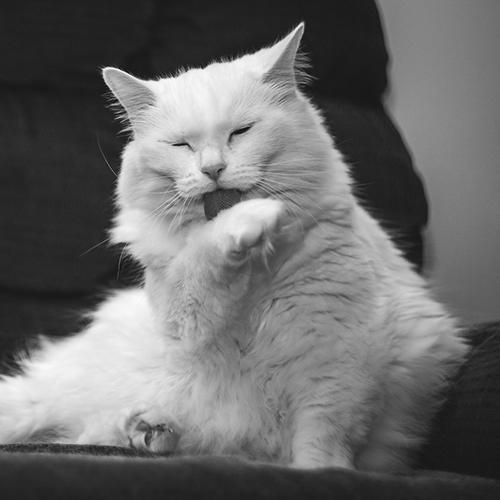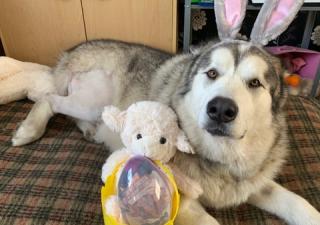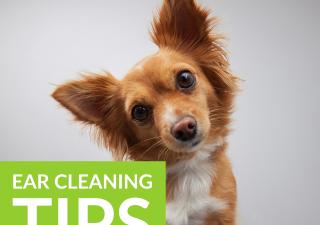
Everything you need to know about hairballs
Back to overview
Your cat grooms themself several times a day and as a result, swallow and ingest a large amount of fur.
Here is how to make sure this behaviour does not become dangerous for your cat’s health!
Hairballs: a daily situation for your cat
Every day, your cat swallows a lot of fur. By licking their coat, their sharp tongue actually traps fur!
In this way, the fur gets into the digestive system which cannot digest this fairly special “food”!
This is similar to your daily shower: when your hair goes down the drain when you take a shower, over time a ball of hair will form and block the drain. Your cat’s digestive system is like the drain in your shower: if you do nothing, the hair will build up and your cat may vomit up a lovely, unappetizing hairball or worse, not be able to get rid of it at all!
The consequences of hairballs
Hairballs can harm digestion and cause discomfort or even vomiting. When stools get stuck in the colon, they dry out and harden with a risk of constipation-related complications.
Be vigilant as constipation can cause the same uncomfortable effect in animals as in humans:
-
Less frequent stools
-
Bloating and flatulence
-
Abdominal cramps and pain
-
Hard, compact stools which are difficult or painful to pass
- Vomiting
Not sure?
Consult your vet before giving your pet a laxative. Hairball care may be an effective solution to prevent hairballs from interfering with your cat’s health!
Tips & Tricks
- Easter is a wonderful time of year with so many chocolate Easter eggs in abundance, but make sure you do not let your pet near them.
- With Brexit deal still in negotiation and a possibility of a ‘no deal’ scenario, there are no concrete answers just yet – but to help you become more informed, here is our Q&A on what we can find so far.
- Build-up of wax and debris in your pet's ear canals can lead to discomfort and irritation. Cleaning your pet’s ears can have a lot of benefits and here are some tips to get you started!
- We had a great time catching up with Mariann Bayliss, our sponsored agility handler last week. We met her competing dog, Ila, and her 5 month old puppy Coral.









